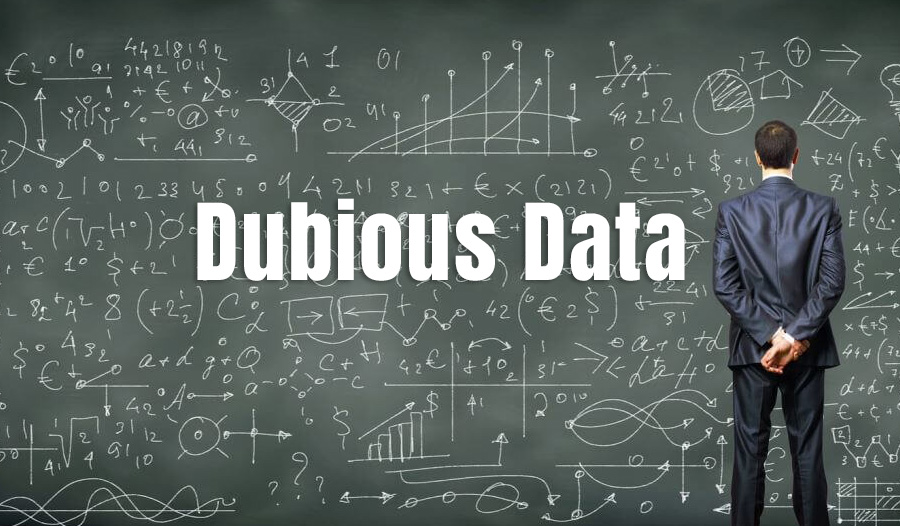
COVID-19 Dubious Data
News, information, and resources concerning the dubious way COVID-19 data has been collected and presented…

News, information, and resources concerning the dubious way COVID-19 data has been collected and presented…
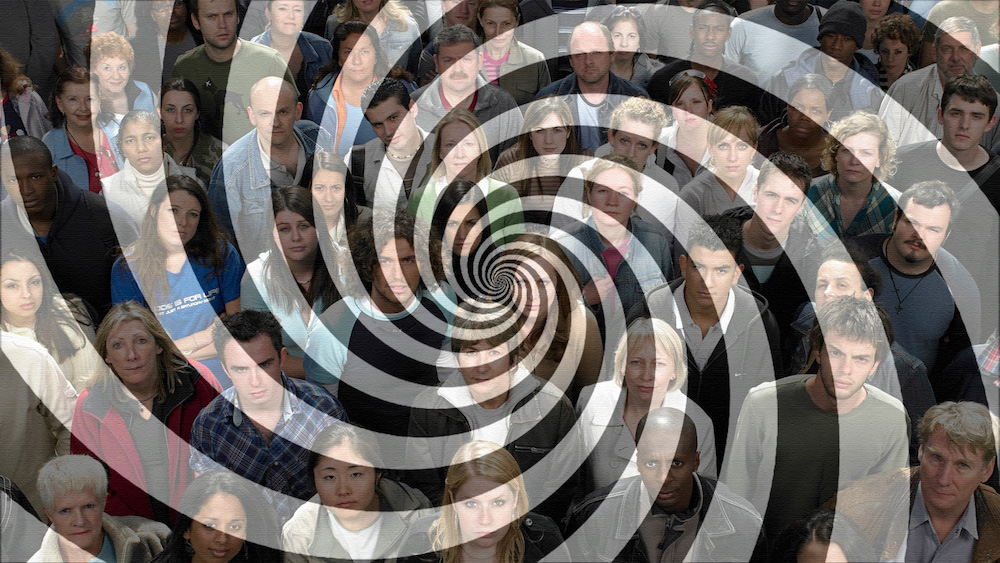
Professor Mattias Desmet, who also has a masters degree in statistics, initially approached the “pandemic” through the eyes of a statistician. He realised the Covid statistics were wrong and began noticing that the long-term costs of the lockdowns compared to the benefits of using these measures to “flatten the curve” were never discussed. The field of attention, of the entire world, was entirely on the victims of the “pandemic” as if everything else no longer mattered. So, he switched to viewing the “pandemic” through the lens of a clinical psychologist and came to the conclusion that society was suffering from mass formation — a dangerous, collective type of hypnosis — as we bear witness to loneliness, free-floating anxiety, and fear giving way to censorship, loss of privacy, and surrendered freedoms. It is all spurred by a singular, focused crisis narrative that forbids dissident views and relies on destructive groupthink…
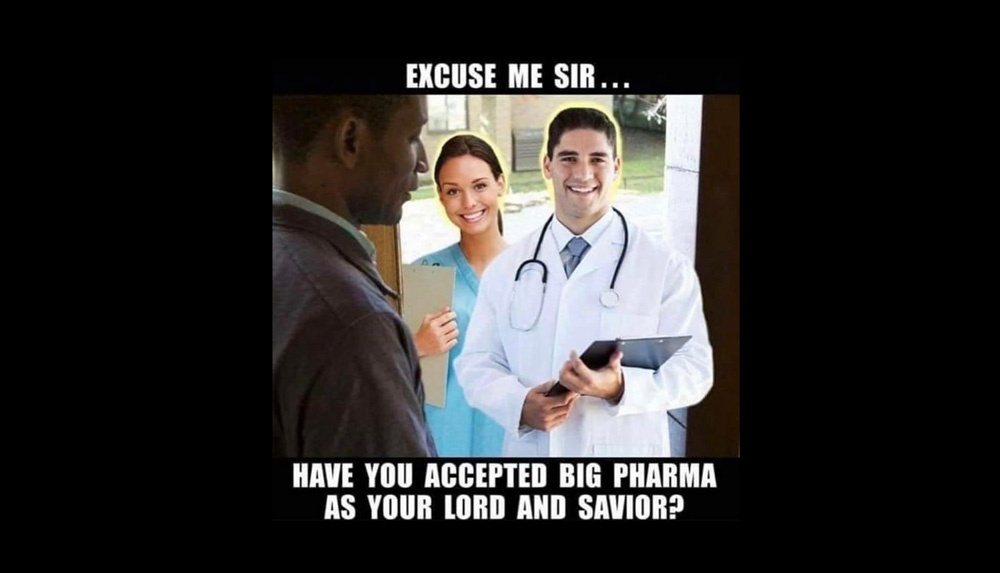
The Lighter Side Of COVID-19
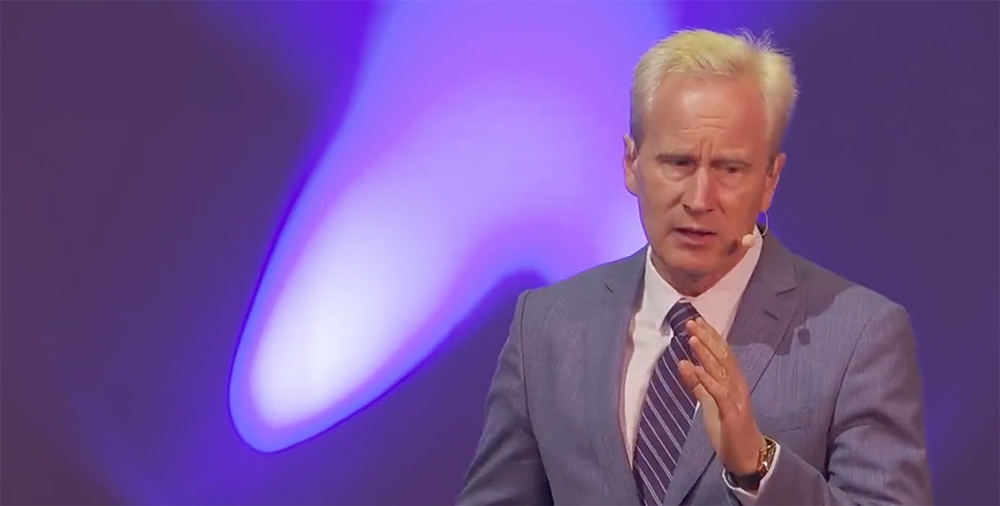
Dr. Peter McCullough resource page…
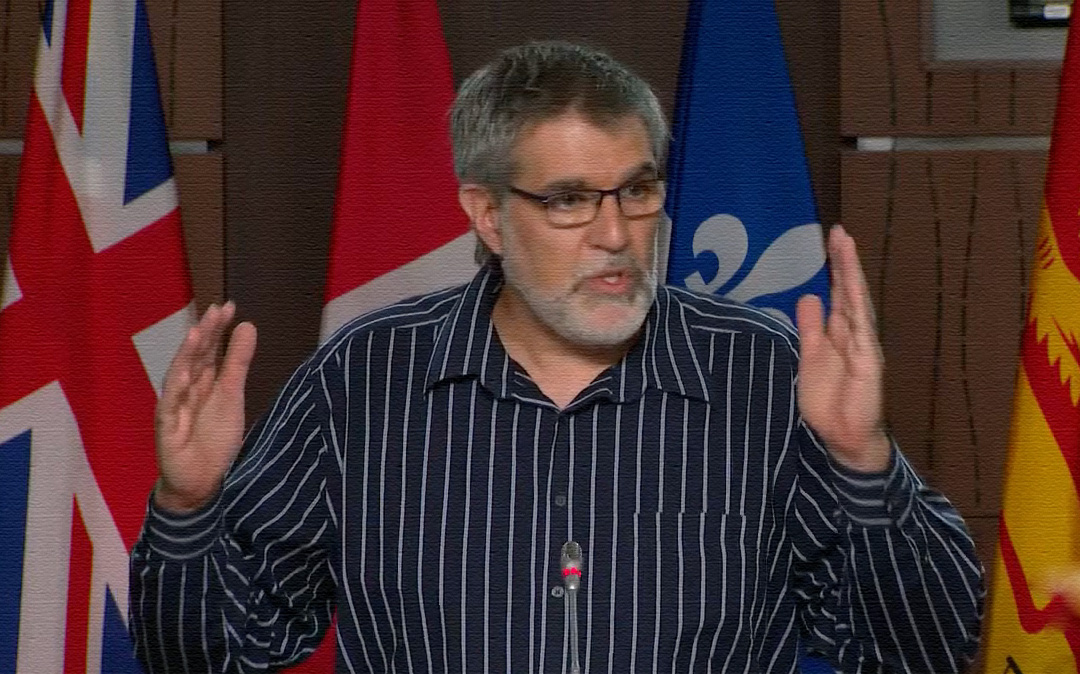
Dr. Byram Bridle: Public Comments, COVID-19 and Children: A Scientist’s Guide for Parents, and more…

An essay by economist and pro-mandate, pro-mask-wearing, pro-vaccine advocate Emily Oster that appeared in The Atlantic has ignited a firestorm of indignant and irate responses from people who have been deeply affected by ill-conceived COVID-19 policies (invasive testing, masking, social distancing, lockdowns, mandates, hospital deaths via deadly protocols, suppressed and ignored vaccine deaths and injuries, families prevented from attending funerals and visiting loved ones in hospitals and nursing homes, business closures, school closures, church closures, travel restrictions, domestic violence, family breakups, suicides, economic disasters, supply chain delays and breakdowns, and the astonishing suppression of free speech which has been aggressively promoted — and enforced — by a globally coordinated alliance of Big Pharma, Big Government, Big Tech, and Big Media.
What, exactly, did Emily, say? And what kind of responses did her essay generate? A small sample follows…